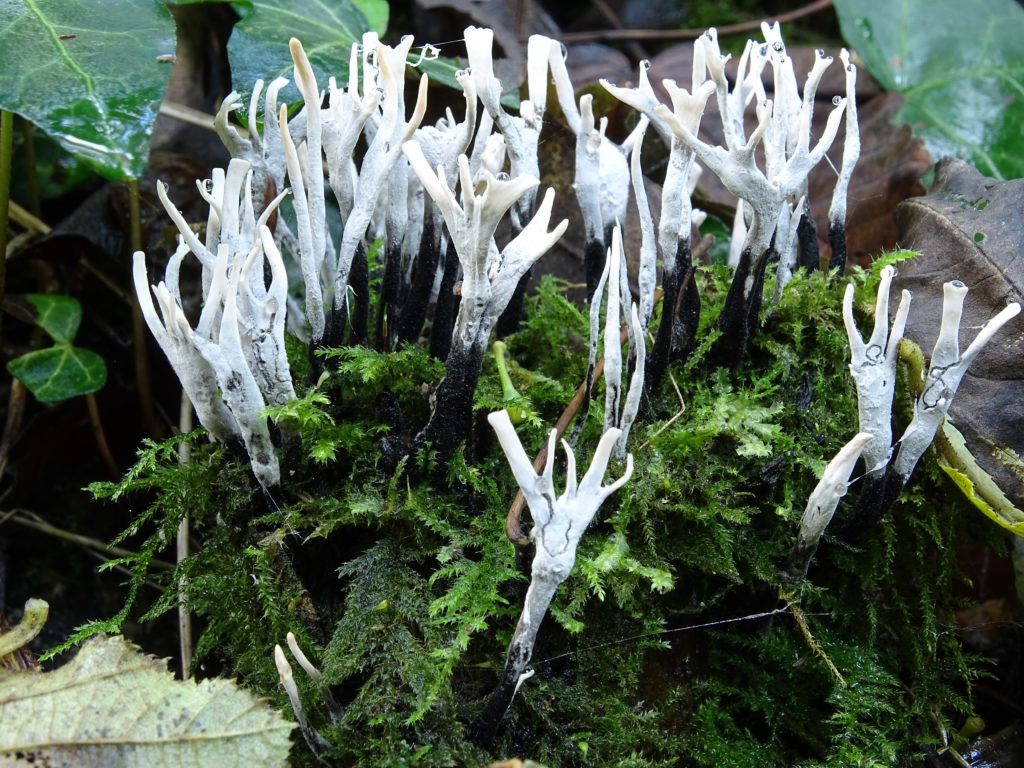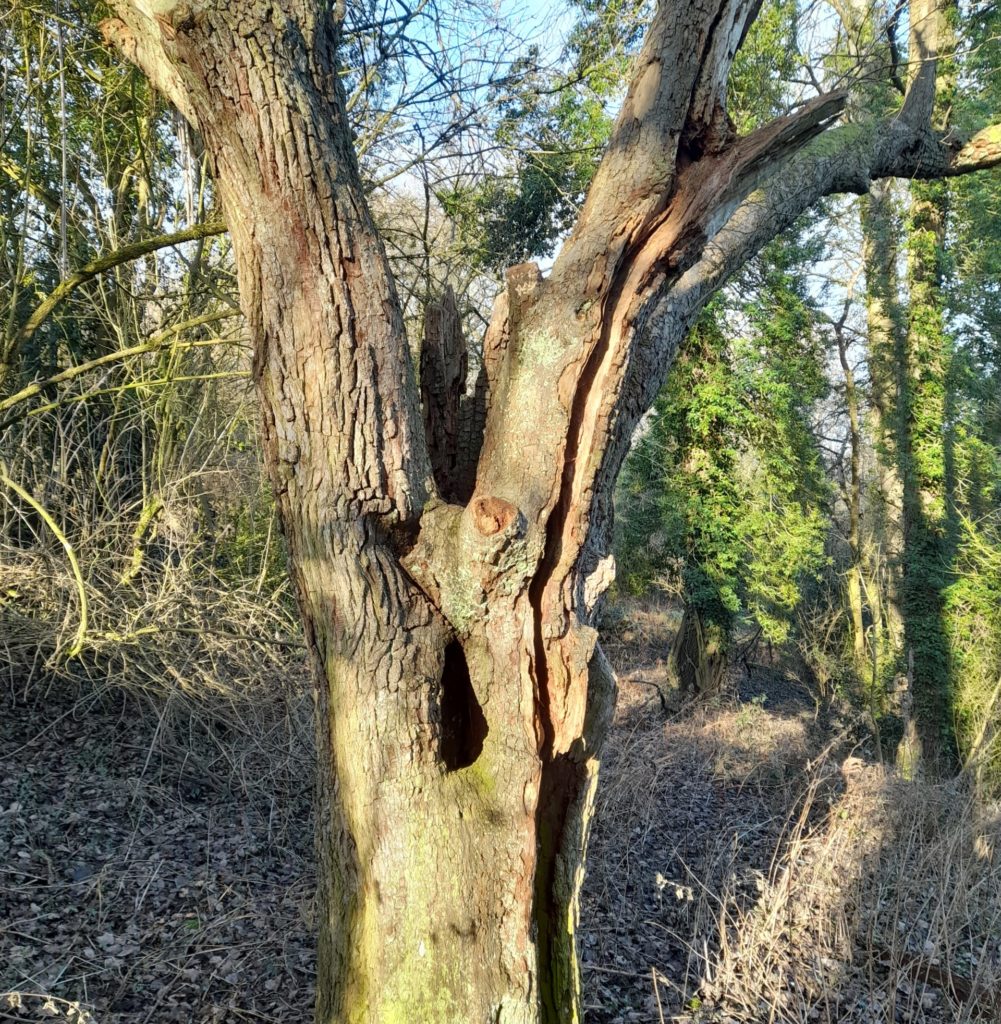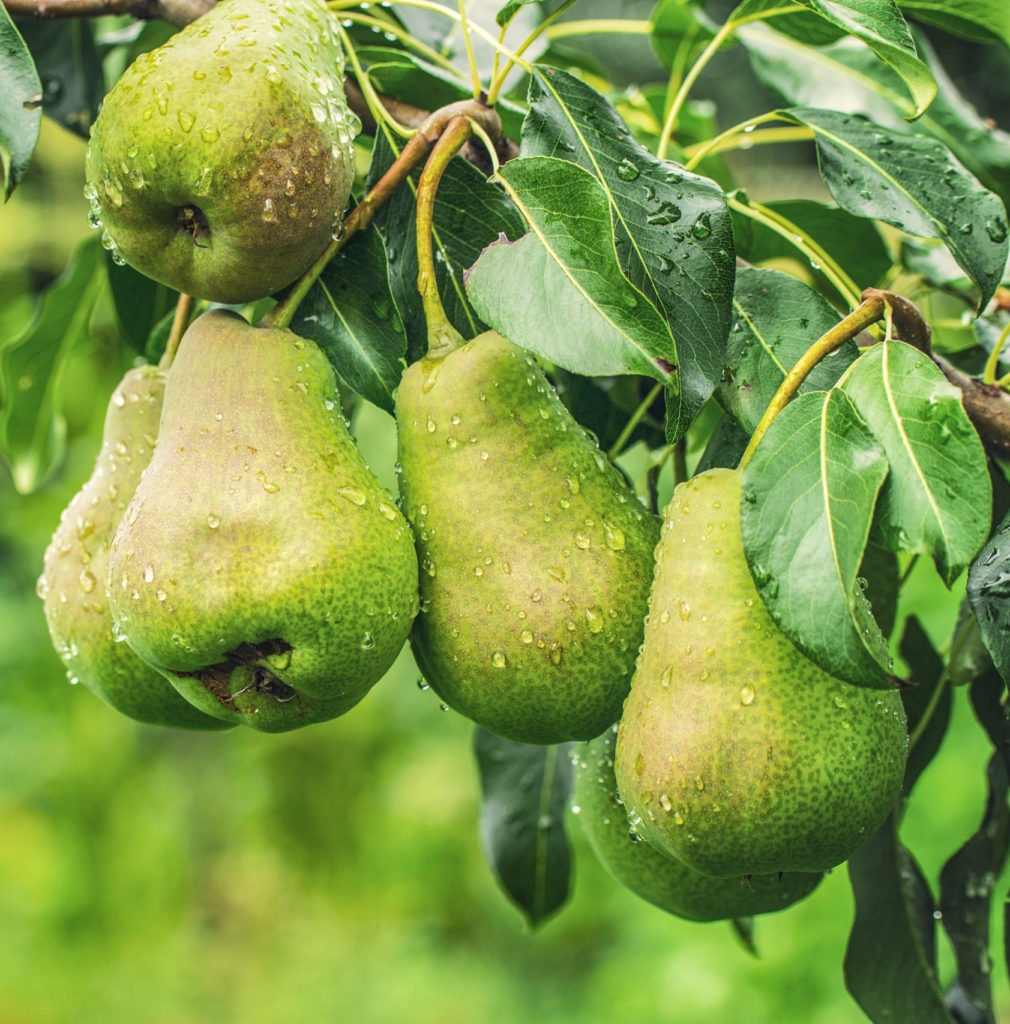Hacking in Highley reveals a trackway, which Ed follows to a treasure trove of trees
Leading off a quiet lane in the village of Highley is a stone track. Just wide enough for a vehicle, the track winds down to a handful of isolated houses. It becomes increasingly rutted as the bedrock pierces the surface and ends abruptly at a gate, where a footpath strikes onwards towards the birch and willow trees that now cloak the old colliery sidings. Old maps reveal that the track once continued further along the valley, following the axis of the river. Beyond the gate, the trackway had become a tangle of thorns and arching tendrils as dog rose, bramble and hawthorn reclaimed the space.
Recently the team at Severn Valley Country Park hacked away at the vegetation and exposed the old trackway. The ground here plateaus before diving steeply towards the river. Gentle terrain, away from the risk of flooding would have made the route a valuable right of way for horses and carts servicing the valley fields. With the scrub removed, a line of colossal hazel stools were revealed. They mark the former edge of the track. Somewhere just beyond the catkins, another tree slowly became apparent. It was a pear tree, and a very old one at that.
Like many veteran trees, the crown of the pear tree had shrunk as fingers of death and decay had taken hold. Like a wise old man, the tree was withdrawing into itself. Chunks of branch wood had fallen to the ground. From this deadwood, small stag-headed fungal fruiting bodies were emerging. Coloured with bands of black, grey and white, they resembled miniature candles with a burnt wick. This is known as candle snuff fungus. The fruiting bodies of fungi are only a small part of the organism. Long filaments known as hyphae weave through the deadwood and woodland soil.

Ground-breaking research
Professor Suzanne Simard is a Forest Ecologist from the University of British Columbia. Her research has completely changed the way that we think about trees. Professor Simard found that old trees, or ‘mother trees’ as she calls them, send nutrients through the fungal hyphae in the soil to younger trees. She also demonstrated that, when threatened with an insect infestation, a Douglas fir appeared to send chemical warning signs to a pine tree growing nearby. As a result, the pine tree produced defence enzymes to protect against the insect attack. This ground-breaking work has highlighted the importance of fungal hyphae as a channel for communication between trees.
At chest height, the trunk of the pear tree has a circumference of 2.4m. This makes it over 120 years old, a notable specimen. Winter winds have strengthened the root system that embeds this tree deeply in this place. Soon the herbaceous fizz of spring will trigger the tree to flower with pure white blossom, much-loved by bees.
In April 2020, a group of people met in a field in Warwickshire. They were visiting a wild pear tree growing in a hedgerow to enjoy the spectacle of the tree in full bloom. The joy of the scene was marred by poignancy, for they knew that was the final time that the Cubbington Pear would flower. Six months later it was felled to make way for HS2. The tree was around 225 years old, one of the oldest wild pear trees in the UK. Whatever your view on the railway line, the tale of the Cubbington Pear is a reminder of the lack of legal protection that exists for our veteran trees.

An epic life
In the woodland below the old trackway, I have since discovered more wild pear trees. One of them is showing signs of considerable antiquity. It has a circumference of 2.7m and the trunk is hollow. However, its spirit is still strong; fresh growth is visible from the tips of the branches. Water and nutrients are still pulsing through the xylem and phloem, just beneath the bark. The tree dates back to the 1800s, around the time that Highley Pit opened. The subsequent rise and fall of coal mining has helped to shape the identities of both Highley and Alveley. During its epic lifespan, this pear tree has been a fixed point in a changing world.
This year will mark 20 years since I started working at Severn Valley Country Park. The discovery of the pear trees in a quiet corner of the park has been a wonderful reminder of how the natural world can still throw up surprises. The main building blocks of a tree are hydrogen, oxygen and carbon. In the presence of a veteran, one can’t help but sense that they are occupying a space that is beyond the sum of their chemical constituents. The work of Suzanne Simard has begun to shed light on another plane of existence where trees communicate via a nervous system of fungal threads. The mother trees become the beating heart in a woodland super-organism where everything is connected.
Do one thing for wildlife this month;
The Woodland Trust Ancient Tree Inventory (https://ati.woodlandtrust.org.uk) is a wonderful resource for anyone interested in old trees. I will soon be submitting records of the pear trees that we have discovered. This month, why not take a look on the interactive map for ancient trees in your neighbourhood. Pay one a visit; it will be good for the tree and good for you!
In each issue, WW! nature expert and Shropshire Council’s Parks and Greenspace Officer Edward Andrews looks at the changing seasons.






